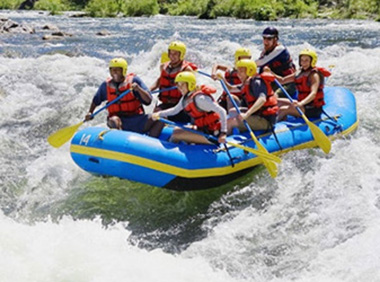
Punta Cana, the easternmost tip of the Dominican Republic, abuts the Caribbean Sea and the Atlantic Ocean. It’s a region known for its 32km stretch of beaches and clear waters. The Bávaro area and Punta Cana combine to form what’s known as La Costa del Coco, or the Coconut Coast, an area of lavish, all-inclusive resorts. It’s popular for zip-lining, windsurfing, kayaking and sailing, it has been a popular tourist destination since the 1970s.
Punta Cana is part of the Punta Cana-Bávaro-Veron-Macao municipal district, in the municipality of Higüey, in La Altagracia Province, the easternmost province of the Dominican Republic. The area has beaches and balnearios which face both the Caribbean Sea and the Atlantic Ocean, and it has been a popular tourist destination since the 1970s.
Geography
The Punta Cana area has an estimated population of 100,000, with an annual growth rate of 6%. To the north, it borders the village and beach of Cabeza de Toro, and the Bávaro and El Cortecito beaches. The nearest city, the 500-year-old Higüey, is 45 kilometres (28 mi) away, which takes about an hour to reach by car. European entrepreneurs, particularly Spanish hotel chains, own all but two of the over 50 mega resorts at the Punta Cana tourism destination.
The province’s 100-kilometre (62 mi) coastline tends to be mildly windy. The ocean waters are mainly shallows, with several natural marine pools in which visitors can bathe without danger. From north to south, the main beaches are Uvero Alto, Macao, Arena Gorda, Bávaro, El Cortecito, Las Corales and Cabeza de Toro, all north of the cape; and Cabo Engaño, Punta Cana and Juanillo south of the cape.
Bávaro is the area starting from Cabeza de Toro until Macao Beach. As the hotels started to rise along the East coast, Bavaro itself became a center of services with shopping malls, fast-food stores, drug stores, fine restaurants, banks, clinics, workshops, supermarkets, and schools. The major town in the district is Veron, now bigger than Higüey in territory, a spontaneous – and poor – urban development running along the original road from the west. Verón, last name of the French proprietor of a timberline business in the early 1930s, is now the base-city for hotel workers and related.
Climate
Punta Cana features a tropical wet and dry climate under the Köppen climate classification. The weather is fairly consistent all year, with an average temperature of 30 °C (86 °F). The hot and humid season lasts from May to October, and during the day temperatures might reach 35 °C (95 °F). From November to March, temperatures during the evening are around 20 °C (68 °F). Very little rain falls around the area, primarily because of the mostly flat landscape, a combination of savanna and mountains.
Um ein sofortiges Angebot zu erhalten, wählen Sie Ihren Abholort und Ihr Ziel aus den Dropdown-Listen aus.

The most courteous and professional service in the Caribbean! The driver was on time, helped with luggage and was very informative ...

My husband and I selected hello tours to provide us transportation to and from our resort. Antonio was our driver and he was wonderf ...

Gracias por su servicio fue excelente, la cordialidad de sus choferes fue muy buena y el cumplimiento de lo pactado de palabra nuevamente muchas graci ...